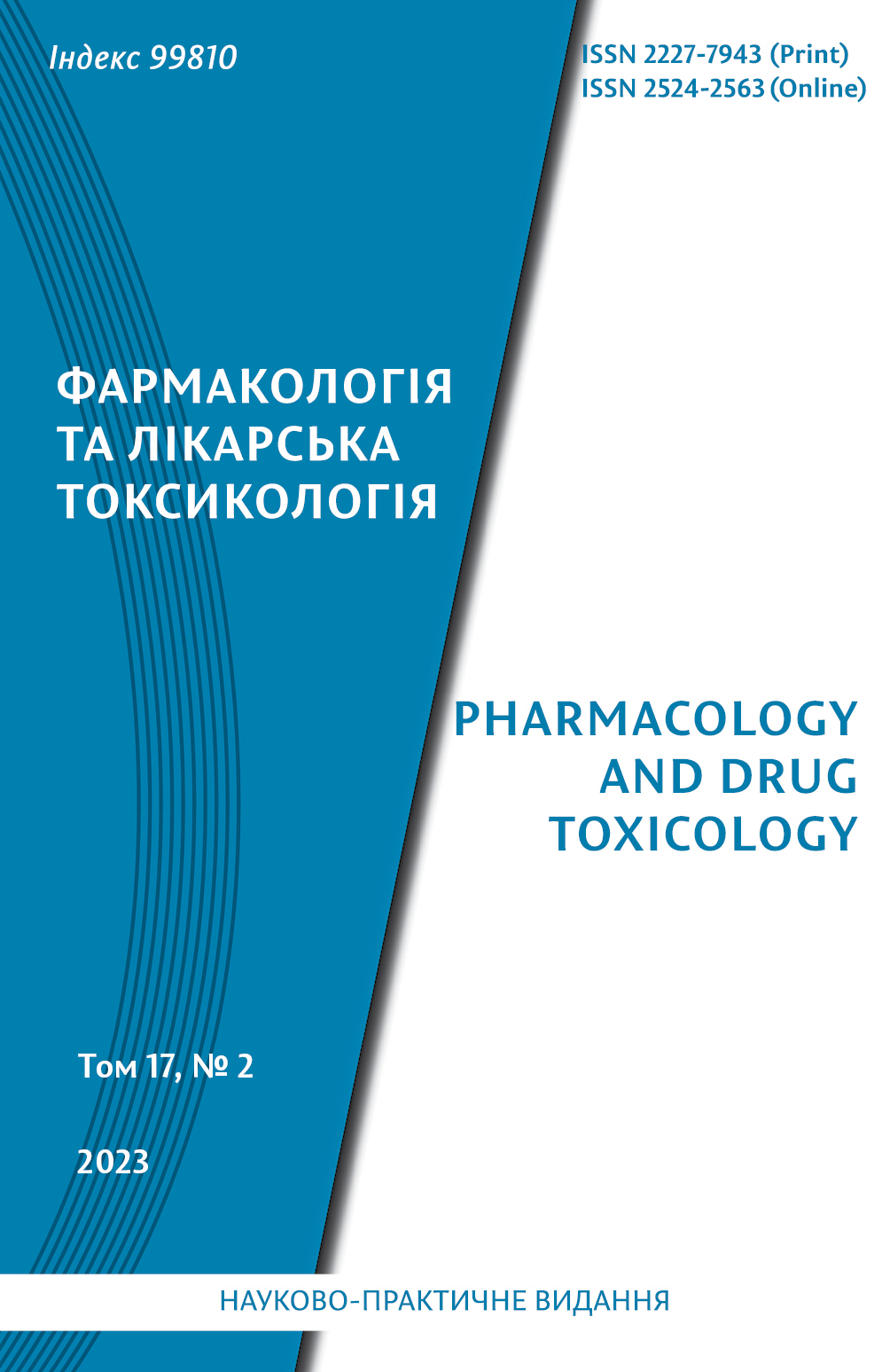Abstract
The article provides an analysis of the literature devoted to the pathophysiological mechanisms and clinical manifestations of various types of pain, considers the main pathobiochemical links in the formation of the pain syndrome and the prospects for the creation of new highly effective analgesics. Pain serves as a survival mechanism and warns of potential or actual tissue damage, manifested by certain autonomic, psychological and behavioral reactions. Pain is classified depending on etiological and pathogenetic fac- tors, on the duration of pain, clinical and other factors. According to pathophysiological mechanisms and clinical manifestations, nociceptive, non-nociceptive or neuropathic and nociplastic (dysfunctional) types of pain are distinguished. The process of pain formation includes four successive stages: transduction, transmission, transformation (plasticity) and perception.
In the human body, there is a dynamic balance between nociceptive and antinociceptive systems, which is formed by various structures of the brain and provides a protective mechanism of endogenous analgesia through the activation of opiate and non-opiate neuronal systems. The main mechanism of anal- gesia consists in neurochemical blocking of nerve impulses at pre- and postsynaptic membranes with the help of catecholamines, serotonin, endogenous opioid (enkephalins, endorphins, dynorphins) and non- opioid (angiotensin, neurotensin, cholecystokinin, etc.) substances, as well as by inhibiting neurotransmit- ters of pain sensitivity. The creation and development of modern and effective painkillers depends on the type of pain syndrome and the mechanism of its formation.
